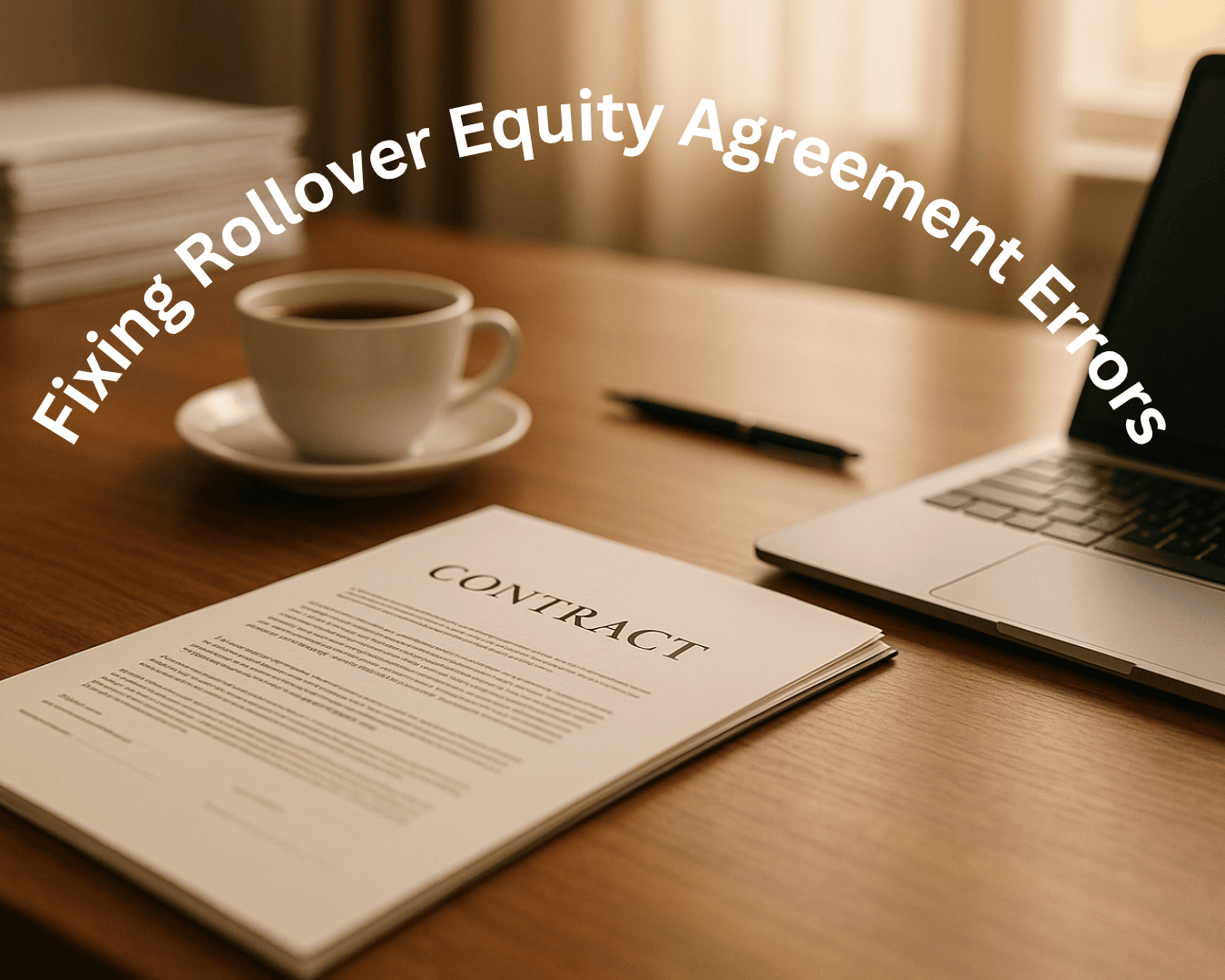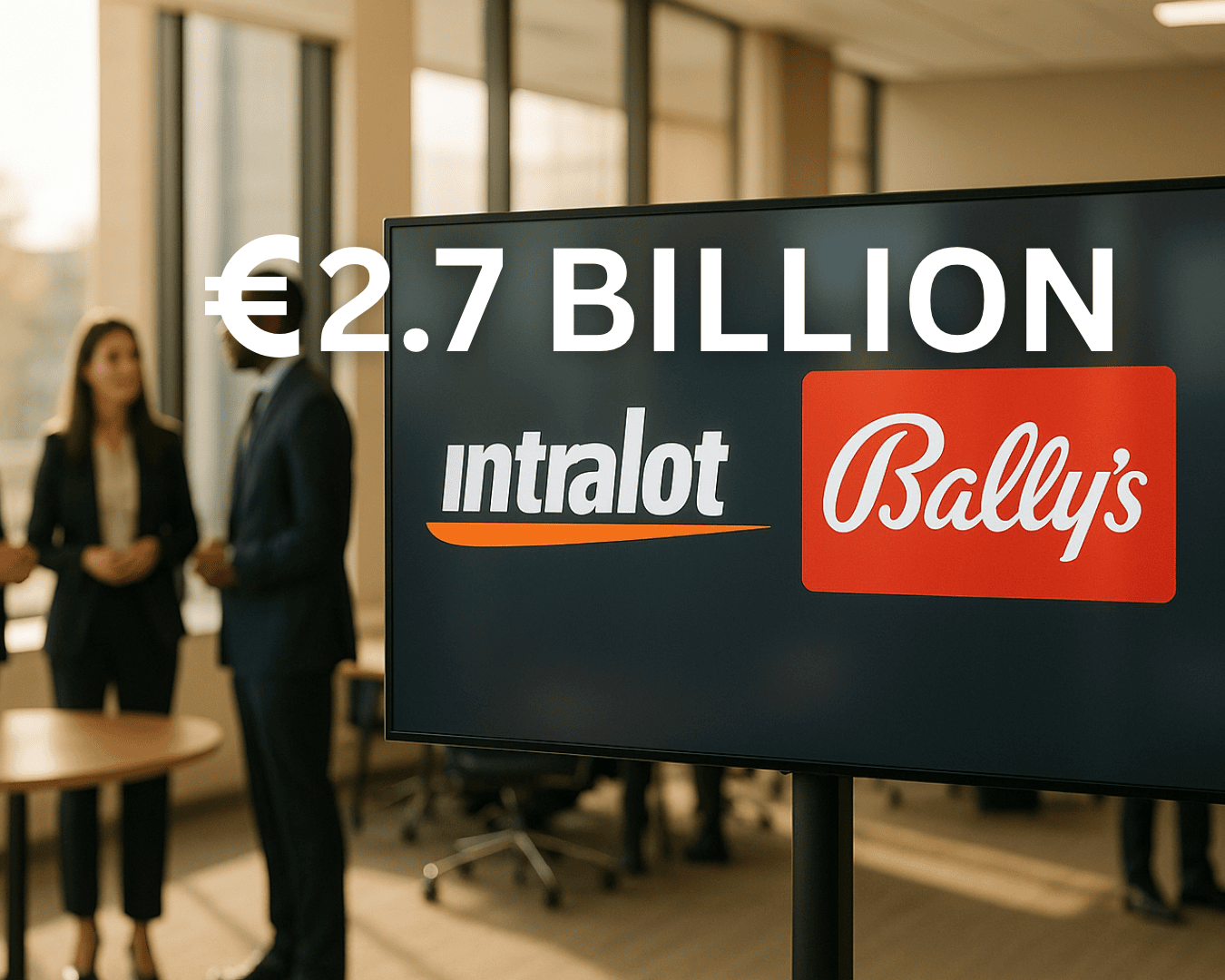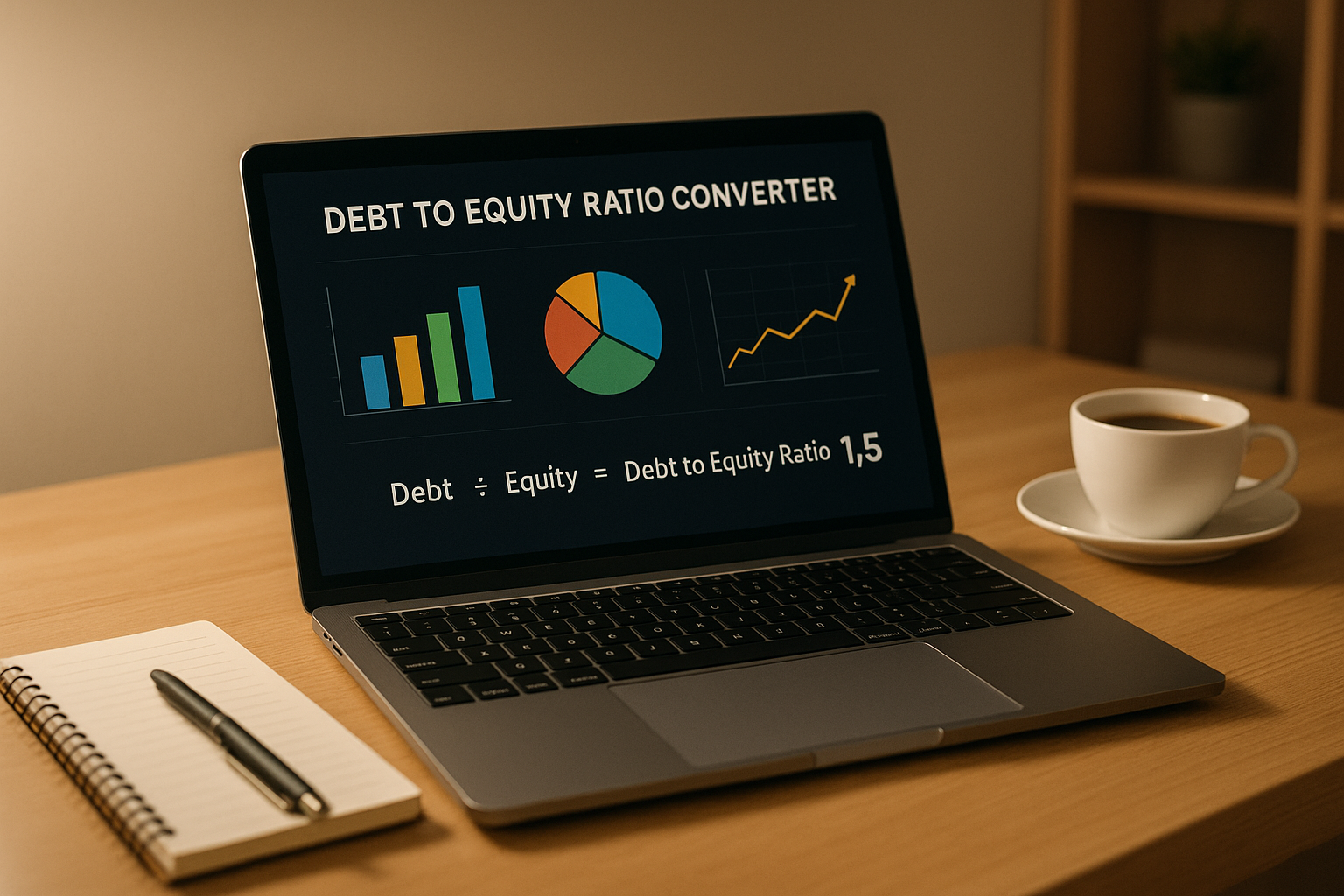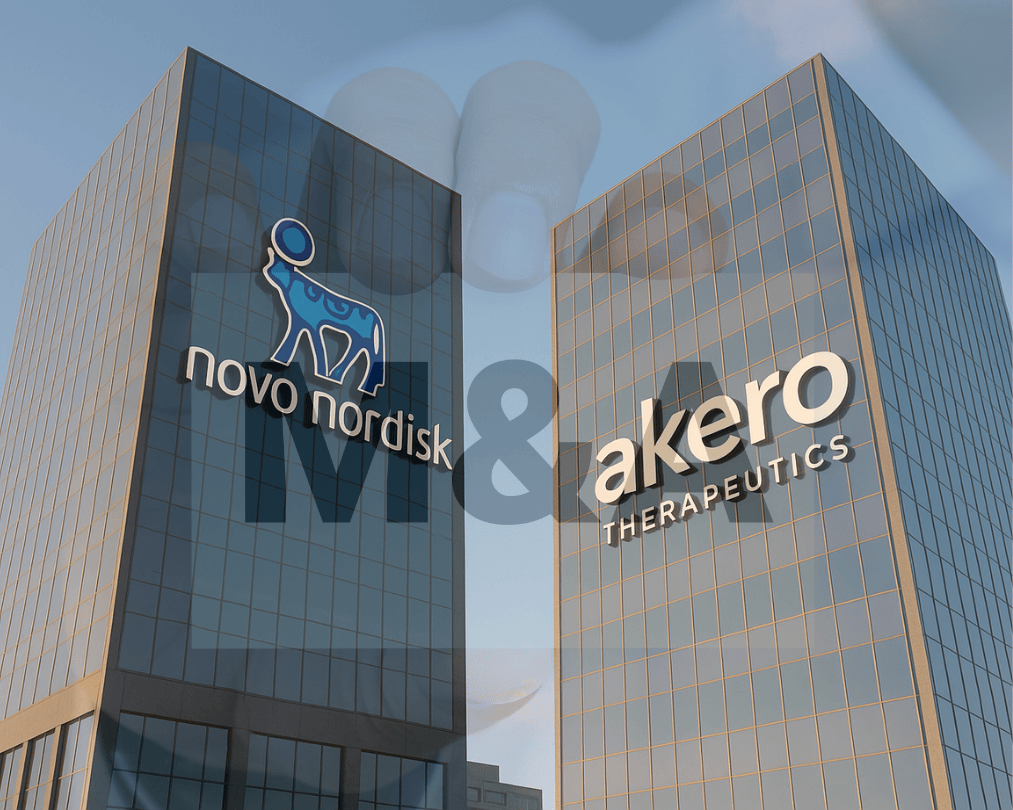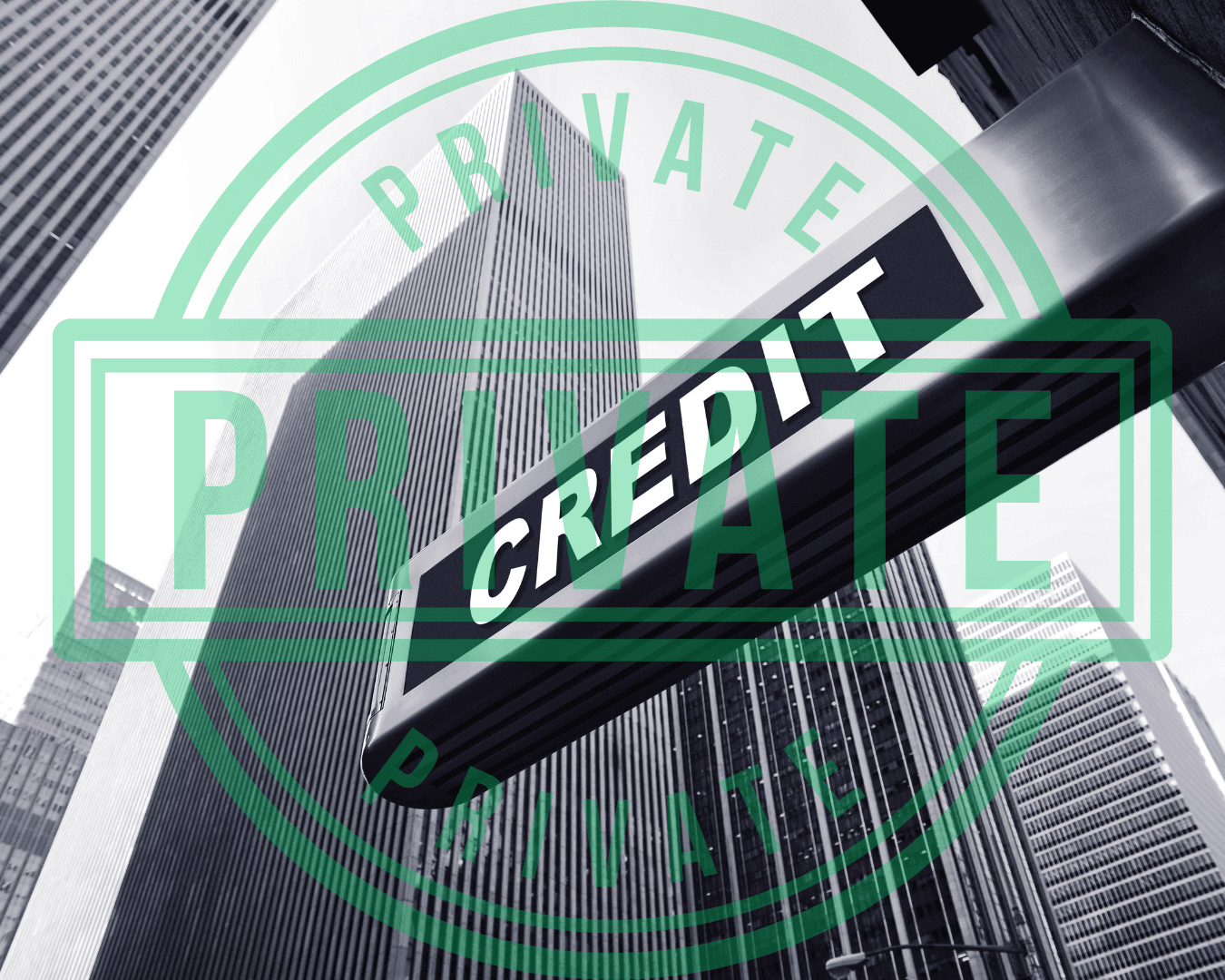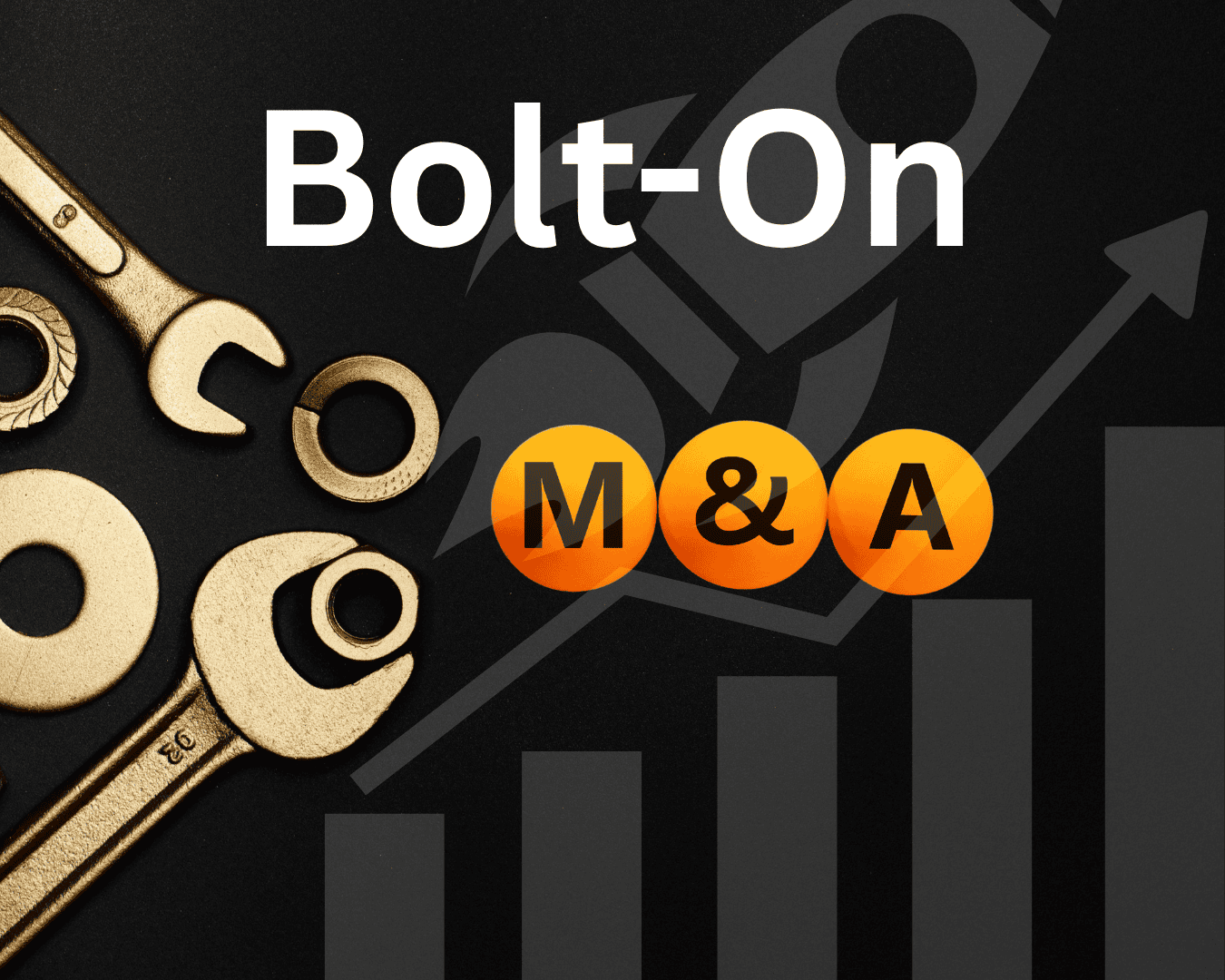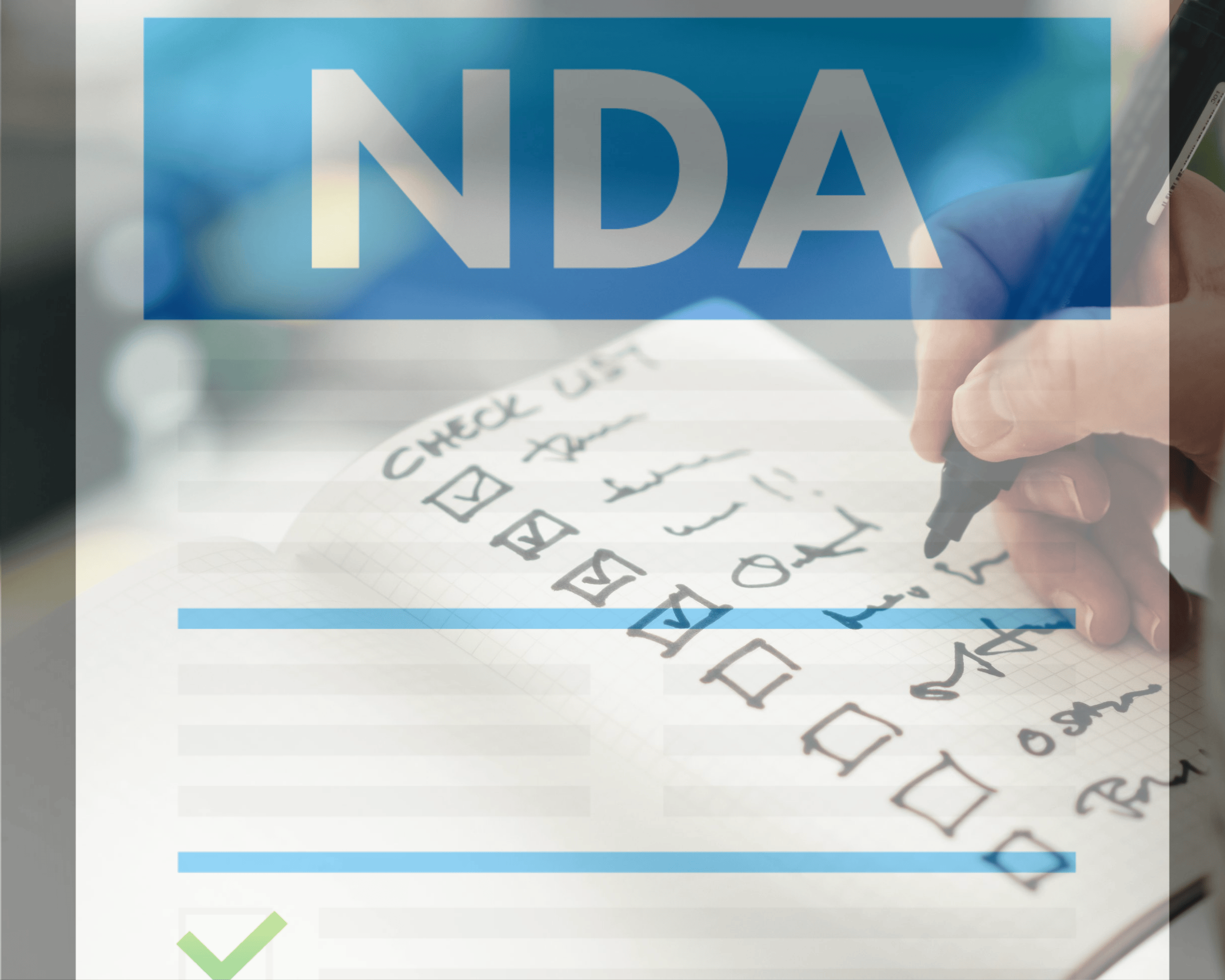Mezzanine financing has become a popular tool for funding small and medium-sized business (SMB) acquisitions in 2025. It bridges the gap between debt and equity, offering flexible terms without requiring significant collateral or major ownership dilution. Here's what you need to know:
- What It Is: A hybrid of debt and equity, often including subordinated debt with equity-like features such as warrants or profit-sharing.
- Why It’s Used: Helps buyers secure more funding quickly, maintain control, and appeal to sellers by enabling competitive offers.
- Current Trends: Rising interest rates and tighter bank lending have driven demand for mezzanine financing, with alternative lenders leading the market. Key industries include healthcare, tech-enabled services, and manufacturing.
- Typical Terms: Interest rates range from 12%-20%, repayment spans 3-7 years, and lenders often include equity participation.
- Pros & Cons: Buyers gain access to more capital with less ownership dilution, but it’s costlier than traditional debt and requires strong financial performance.
Platforms like Clearly Acquired are streamlining the process by connecting buyers with specialized lenders and simplifying deal structuring. Mezzanine financing is especially appealing for businesses with stable cash flows and growth potential in competitive M&A markets.
Why Mezzanine Debt is a Good Option for Acquisition Funding
Main Trends in Mezzanine Financing for Main Street M&A
Mezzanine financing is evolving rapidly in the world of Main Street mergers and acquisitions (M&A). As we move forward from the steady market conditions of 2025, several trends are shaping how small and medium-sized businesses (SMBs) leverage this funding option. Economic shifts, regulatory changes, and innovative approaches from lenders are all playing a role in redefining the landscape.
Economic and Regulatory Factors
Rising interest rates have made traditional debt more expensive, increasing the appeal of mezzanine financing despite its higher cost. Inflation has added another layer of complexity, pushing lenders to prioritize businesses with steady, recurring revenue streams and the ability to adjust prices as needed.
At the same time, tighter liquidity and stricter lending standards from traditional banks have opened the door for non-bank lenders. Regulatory changes have further encouraged this shift, enabling alternative lenders to step in with creative and flexible financing solutions.
Growth of Alternative Lenders
Economic pressures and regulatory shifts have fueled the rise of alternative lending in the mezzanine financing space. Private credit funds, business development companies (BDCs), family offices, and specialty lenders with niche expertise are increasingly stepping in to meet demand. Many of these lenders leverage technology platforms to streamline their processes, offering quicker decisions and more adaptable terms compared to traditional banks. This flexibility has made them a popular choice for SMBs navigating the M&A process.
Industry-Specific Patterns
Certain industries are particularly well-suited for mezzanine financing, especially in the context of Main Street M&A. Businesses with stable cash flows and clear growth potential tend to attract this type of funding. Key sectors include:
- Healthcare: Known for recurring demand and steady revenue streams.
- Technology: Particularly SaaS and tech-enabled services, which offer scalable models and predictable income.
- Manufacturing: Valued for strong margins and consistent demand.
- Professional Services: Often characterized by reliable client bases and recurring contracts.
- Food and Beverage: Especially franchise operations with proven scalability.
- Logistics: Driven by growing e-commerce and supply chain needs.
These industries stand out for their ability to deliver predictable returns, making them a natural fit for mezzanine capital in M&A deals.
Structure and Terms of Mezzanine Financing
When it comes to Main Street acquisitions, understanding mezzanine financing structures is essential. While terms and conditions can vary, certain patterns have become standard in the small and medium-sized business (SMB) acquisition market.
Common Deal Structures
Mezzanine financing sits between senior debt and equity, blending elements of both. A typical structure involves subordinated debt paired with equity participation. In this setup, lenders not only earn regular interest payments but also gain potential upside through warrants or equity kickers.
Interest rates typically range from 12% to 20% annually. Many agreements include a payment-in-kind (PIK) feature, which allows deferred cash interest payments to preserve working capital. Warrants and equity kickers, often representing 5% to 20% of the company’s equity value, are common. These features allow lenders to benefit from the company’s growth while offering borrowers more flexibility in managing cash flow.
Repayment terms usually span three to seven years. Many deals start with interest-only payments, giving new owners breathing room to implement operational improvements and build cash flow before principal payments kick in. Some agreements include step-up provisions, where interest rates increase over time to encourage early repayment.
Unlike traditional bank loans, personal guarantees are less common in mezzanine financing. However, lenders may require key person insurance and management equity participation to align interests. Covenants tend to be less restrictive than those in senior debt agreements but may include financial performance benchmarks and limits on additional borrowing. To further increase flexibility, alternative financing instruments are often integrated into mezzanine deals.
Related Financing Instruments
Mezzanine financing is often paired with other instruments to create more adaptable arrangements for both borrowers and lenders. For example:
- Preferred equity: This can serve as an alternative to mezzanine debt, offering similar subordination while potentially providing tax advantages in certain situations.
- Convertible notes: These allow lenders to convert debt into equity if specific revenue targets are met or the business is sold. This structure provides lenders with greater upside potential while giving borrowers the option to retain full ownership if targets aren’t achieved.
- Revenue-based financing: Popular among businesses with steady revenue streams, this approach ties repayment to a percentage of monthly revenues until a predetermined multiple is repaid. It reduces pressure during slower periods by aligning payments with performance.
- Seller financing: Often used alongside mezzanine capital, seller financing can lower the overall cost of capital. Sellers might provide subordinated debt or preferred equity, while mezzanine lenders fill the gap between senior debt and the seller’s contribution.
Borrower Qualifications and Requirements
Securing mezzanine financing requires businesses to meet specific qualifications, especially in the competitive mergers and acquisitions (M&A) landscape. Lenders focus on several key factors:
- Stable cash flow: Borrowers typically need an annual EBITDA of at least $1 million, with consistent performance over the past three years. Recurring revenue models are especially attractive because they provide predictable repayment capacity.
- Strong management: A proven leadership team is critical. Many deals require management to hold significant equity stakes to align their interests with the lender’s.
- Industry stability: Lenders prefer businesses in industries with steady demand and minimal disruption risks. Companies with strong customer retention, competitive advantages, and barriers to entry are more likely to secure favorable terms.
- Financial health: Borrowers need a debt service coverage ratio of 1.25x to 1.5x, meaning cash flow should exceed debt payments by 25% to 50%. Lenders also assess working capital management and capital expenditure needs to ensure sufficient cash flow for operations and debt service.
- Growth potential: Businesses with clear opportunities for expansion - whether through market penetration, geographic growth, or acquisitions - are more appealing. The ability to scale without proportional increases in costs is a significant advantage.
The due diligence process for mezzanine financing typically includes financial audits, management presentations, and business plan evaluations. From application to funding, the process usually takes 60 to 90 days - longer than a bank loan but quicker than raising equity.
sbb-itb-a3ef7c1
Pros and Cons of Mezzanine Financing
When it comes to mezzanine financing, there are clear benefits and challenges that Main Street buyers and sellers need to consider. This hybrid financing option can be a powerful tool, but understanding its trade-offs is key to deciding if it fits your acquisition strategy and business goals.
Benefits for Main Street Buyers and Sellers
One of the biggest advantages of mezzanine financing is the ability to access more capital without giving up significant ownership. Buyers can often secure funding beyond what traditional bank loans provide while still retaining majority control. This can be especially useful in competitive bidding situations where a stronger offer could make all the difference.
Mezzanine financing also comes with flexible terms. Features like interest-only periods or payment-in-kind (PIK) options give businesses extra breathing room to stabilize operations. For sellers, the certainty of committed capital can reduce the risk of a deal falling apart due to financing issues.
Another advantage is the alignment of interests between the borrower and the lender. Since mezzanine lenders may share in the equity upside, they tend to take a more collaborative approach during tough times, focusing on long-term success rather than demanding immediate repayment.
Lastly, there are potential tax benefits. Interest payments on mezzanine debt are generally tax-deductible, which can help lower the overall cost of capital compared to other financing methods.
Risks and Drawbacks
However, mezzanine financing isn’t without its downsides. It’s more expensive than traditional senior debt, and higher costs can put pressure on cash flow - especially if the business underperforms.
Subordination is another risk. While mezzanine debt ranks higher than equity in the capital structure, it’s still subordinate to senior debt. This means that in financial trouble, senior lenders get paid first, leaving mezzanine lenders with fewer recovery options.
The higher cost of this financing also demands strong business performance. Companies must deliver solid returns to justify the expense, and failure to meet growth targets can make it difficult to service the debt while covering operational and reinvestment needs.
Access to mezzanine financing can also be limited. Lenders usually require businesses to meet specific financial benchmarks and have stable, predictable cash flows. Smaller companies or those in volatile industries might struggle to qualify.
Finally, the complexity of mezzanine financing can be a hurdle. The hybrid nature of this funding often involves sophisticated legal structures and higher administrative costs, making the process more demanding than traditional loans.
Comparison Table: Mezzanine Financing vs. Other Options
Here’s how mezzanine financing stacks up against other financing methods:
| Factor | Mezzanine Financing | Senior Debt | Equity Financing |
|---|---|---|---|
| Cost of Capital | Higher than senior debt | Lower than mezzanine | High expected returns |
| Control Dilution | Minimal dilution | No dilution | Substantial dilution |
| Personal Guarantees | Often limited | Frequently required | Not applicable |
| Repayment Timeline | Medium-term | Longer term | No mandatory repayment |
| Approval Speed | Faster than equity | Quicker than mezzanine | Takes longer |
| Financial Covenants | Moderate | More restrictive | Minimal |
| Minimum Business Size | Earnings threshold required | Broader availability | Varies |
| Risk to Borrower | Moderate risk | Higher personal liability | Lower direct risk |
Choosing the right financing option depends on your business’s unique situation, risk tolerance, and growth plans. Mezzanine financing often works well for established businesses with clear growth potential and management teams comfortable with moderate leverage. For buyers who want to maximize their purchasing power while keeping control, the benefits of mezzanine financing can outweigh its higher costs. On the other hand, businesses with access to cheaper senior debt or a preference for equity might find alternative options more suitable for their needs.
Future of Mezzanine Financing in Main Street M&A
The landscape of mezzanine financing for small and medium-sized business acquisitions is undergoing a shift, driven by changing market conditions, advancements in technology, and evolving borrower expectations.
Expected Market Changes
Lenders are increasingly focusing on mid-sized transactions, using advanced underwriting methods and efficient due diligence processes. Flexible payment structures, such as extended interest-only periods and payment-in-kind options, are becoming more common. Additionally, borrowing costs remain relatively stable, making these transactions more accessible.
To better manage industry-specific risks, lenders are narrowing their focus to sectors like healthcare, technology-enabled services, and manufacturing. This targeted approach allows them to craft terms that align with the unique challenges of each industry.
These trends are paving the way for platforms like Clearly Acquired to reshape how capital structuring is approached in the mezzanine financing space.
How Clearly Acquired Supports Hybrid Capital Structures
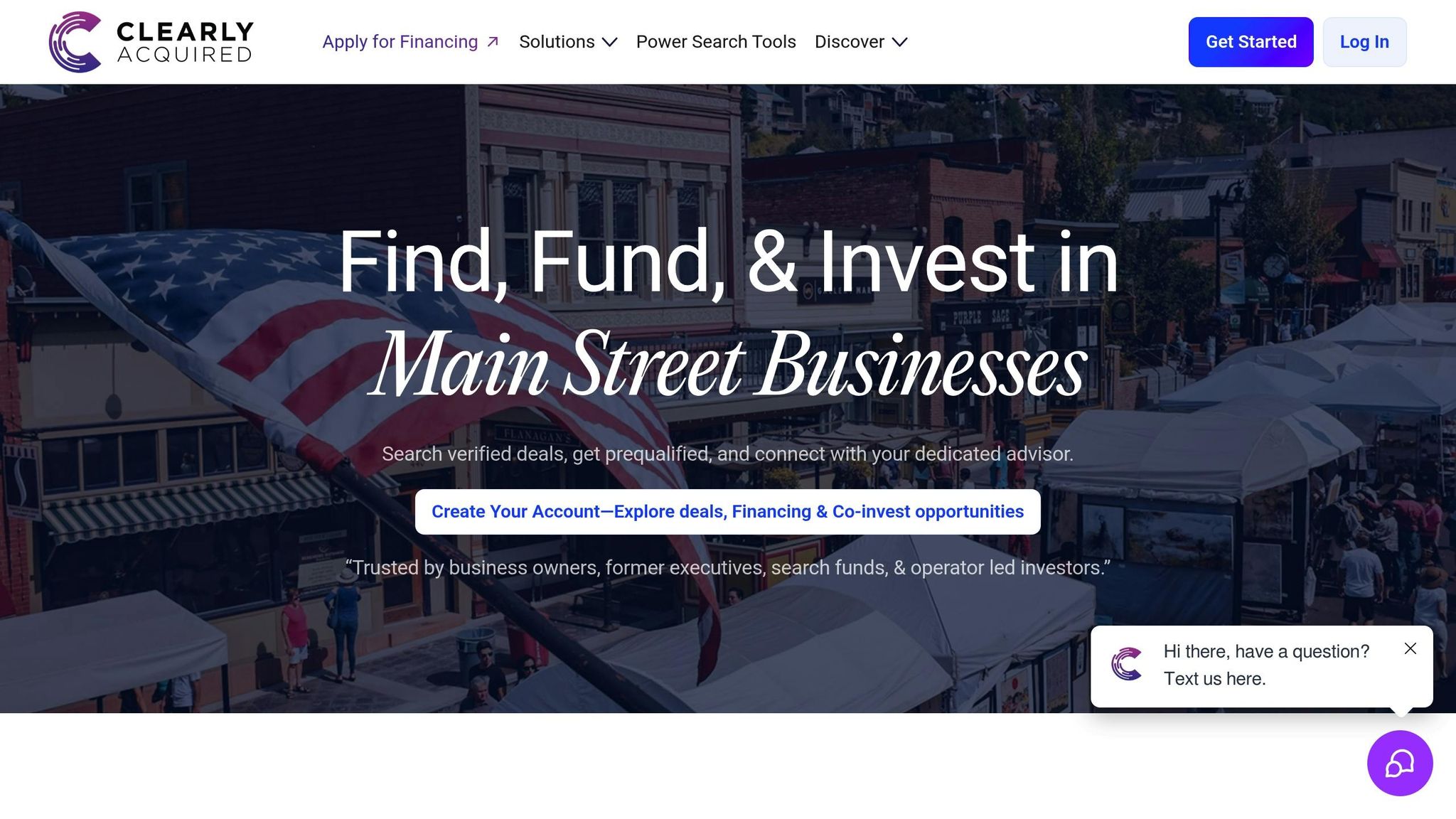
Innovative platforms are stepping in to simplify the complexities of mezzanine financing, and Clearly Acquired is leading the charge. This platform connects buyers with specialized lenders, streamlines the process with AI-driven business valuations to clarify equity components, and provides advisory support to structure deals. These deals often blend senior debt, mezzanine capital, seller notes, and earnouts.
Clearly Acquired also offers tools like secure data rooms and pipeline management systems. These features reduce the headaches of lengthy due diligence and fragmented lender communications, addressing some of the most common challenges faced in the market today.
Takeaways for Entrepreneurs and Investors
As mezzanine financing continues to evolve, here are some key strategies to help entrepreneurs and investors navigate the Main Street M&A landscape:
- Start early: Plan your capital structure and initiate lender discussions well before signing a letter of intent.
- Target predictable cash flows: Focus on businesses with consistent earnings that can comfortably support debt service.
- Prepare financial projections: Develop detailed projections showing how the business will handle both senior debt and mezzanine payments.
- Weigh capital costs: While mezzanine debt may come with higher rates, it could be a better option than giving up equity.
- Build lender relationships: Attend industry events and join deal networks to establish connections with mezzanine lenders before you need financing.
- Utilize technology: Platforms like Clearly Acquired can help you present deals professionally and manage multiple lender conversations efficiently.
FAQs
How do higher interest rates and stricter bank lending rules impact the use of mezzanine financing in small business acquisitions?
Higher interest rates drive up the cost of traditional bank loans, and stricter lending criteria make senior debt harder to access. In this landscape, mezzanine financing has gained traction as an alternative for funding small business acquisitions. It helps fill funding gaps when conventional financing options aren't enough.
This shift is particularly noticeable in Main Street M&A, where small and medium-sized businesses frequently turn to mezzanine debt to secure growth capital or finalize acquisitions. Its subordinated structure offers buyers a practical solution in a more restrictive lending environment.
What does a small or medium-sized business need to qualify for mezzanine financing?
To secure mezzanine financing, small and medium-sized businesses usually need to show strong cash flow, with a debt service coverage ratio (DSCR) of at least 1.25. Lenders also prioritize a solid financial history and signs of operational reliability.
A well-prepared business plan is crucial. This should include detailed financial projections, a clear overview of products or services, and evidence of a skilled management team. Businesses must also demonstrate they have enough cash flow to handle debt repayment while funding growth efforts, ensuring they remain financially stable and positioned for long-term success.
How does Clearly Acquired simplify mezzanine financing for Main Street mergers and acquisitions?
How Clearly Acquired Simplifies Mezzanine Financing for Main Street M&A
Clearly Acquired makes mezzanine financing for Main Street mergers and acquisitions simpler by bringing everything you need - deal sourcing, funding access, and cutting-edge tools - onto one platform. It lets buyers tailor financing structures, connect with a trusted network of lenders, and leverage AI-powered tools to confidently assess opportunities.
The platform also speeds up transactions by offering verified deal flow, automated workflows, and access to expert advisory services. Whether you're an entrepreneur or an investor, you can secure the ideal mix of capital - be it debt, equity, or a blend of both - while easily navigating the complexities of financing strategies.







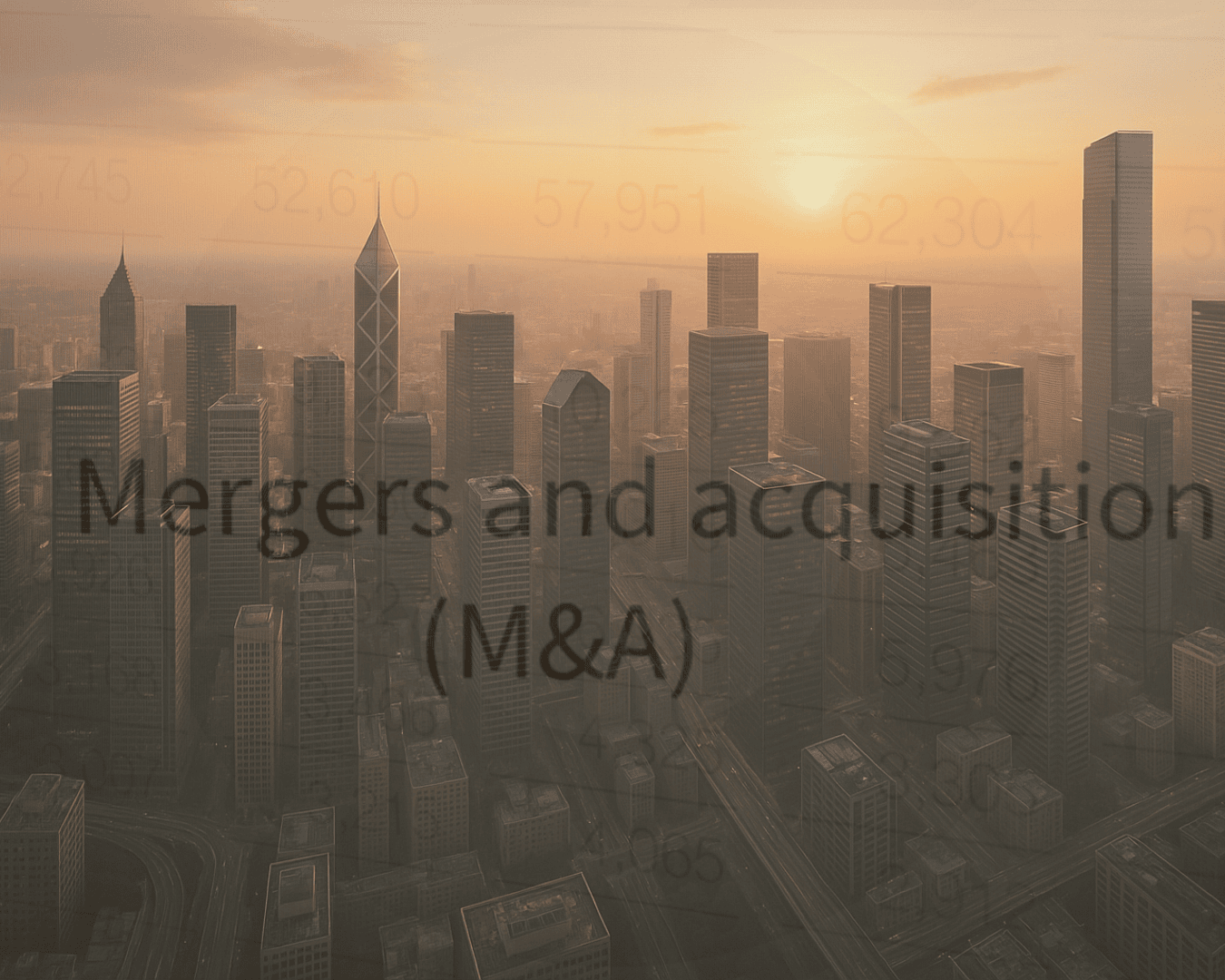

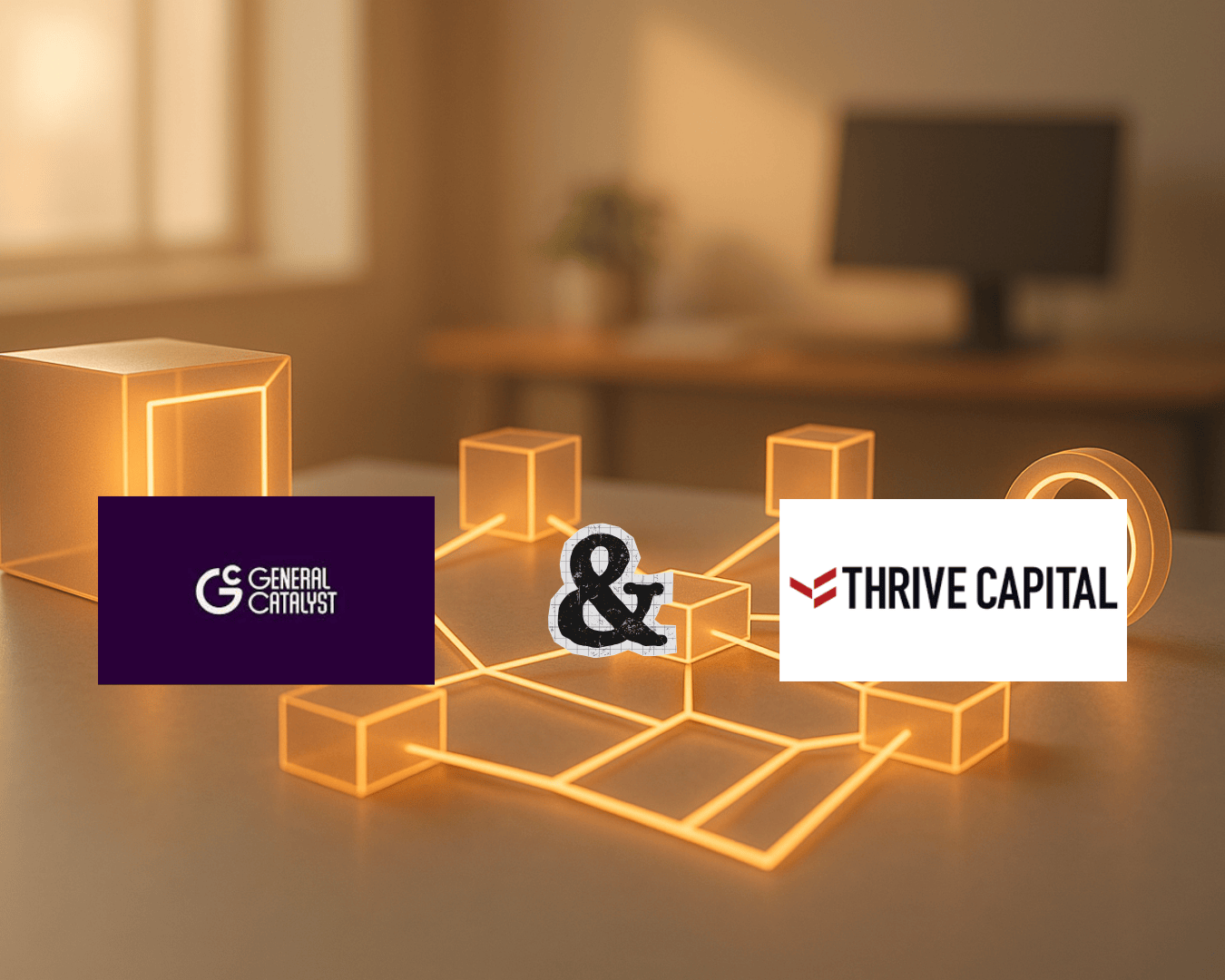


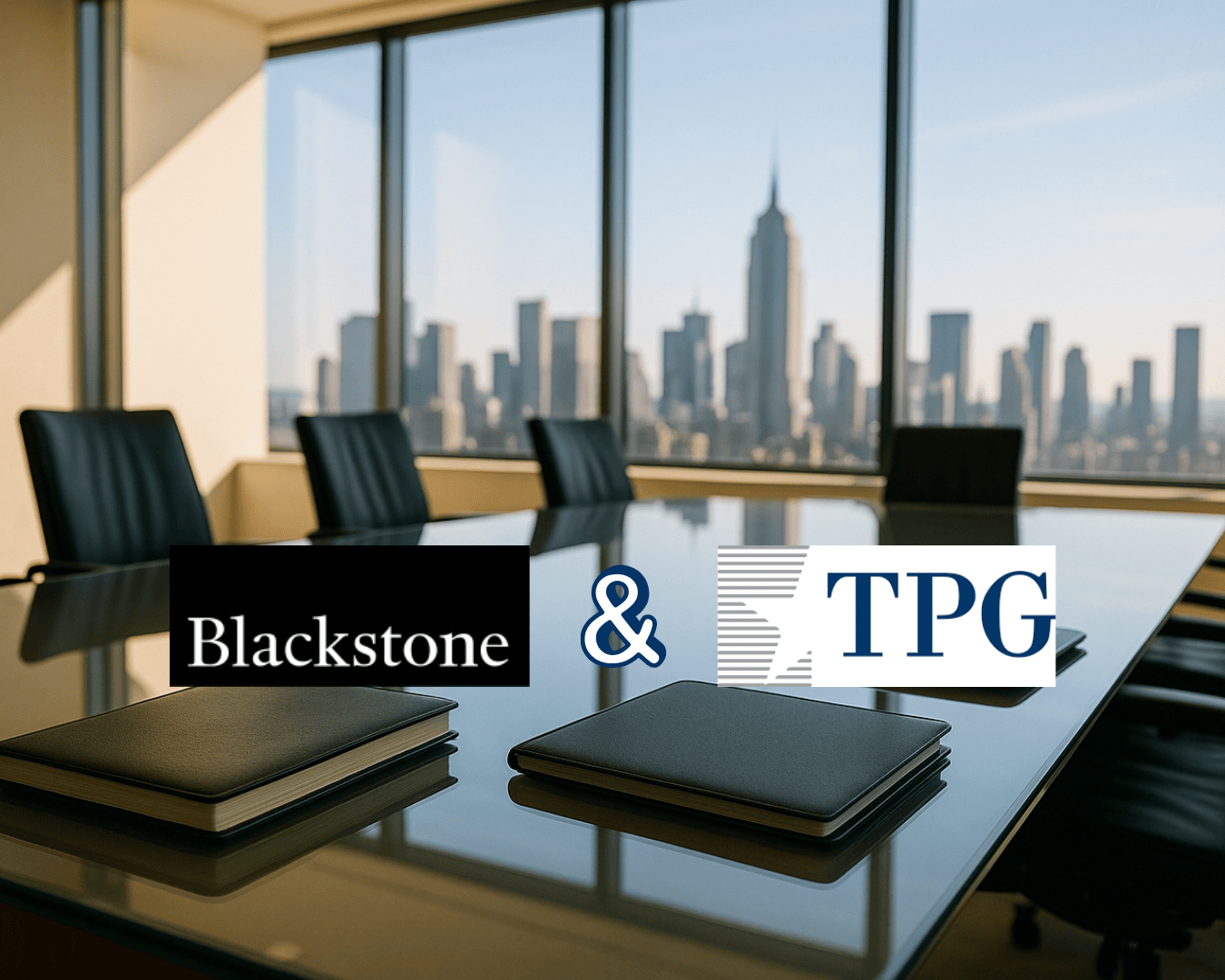



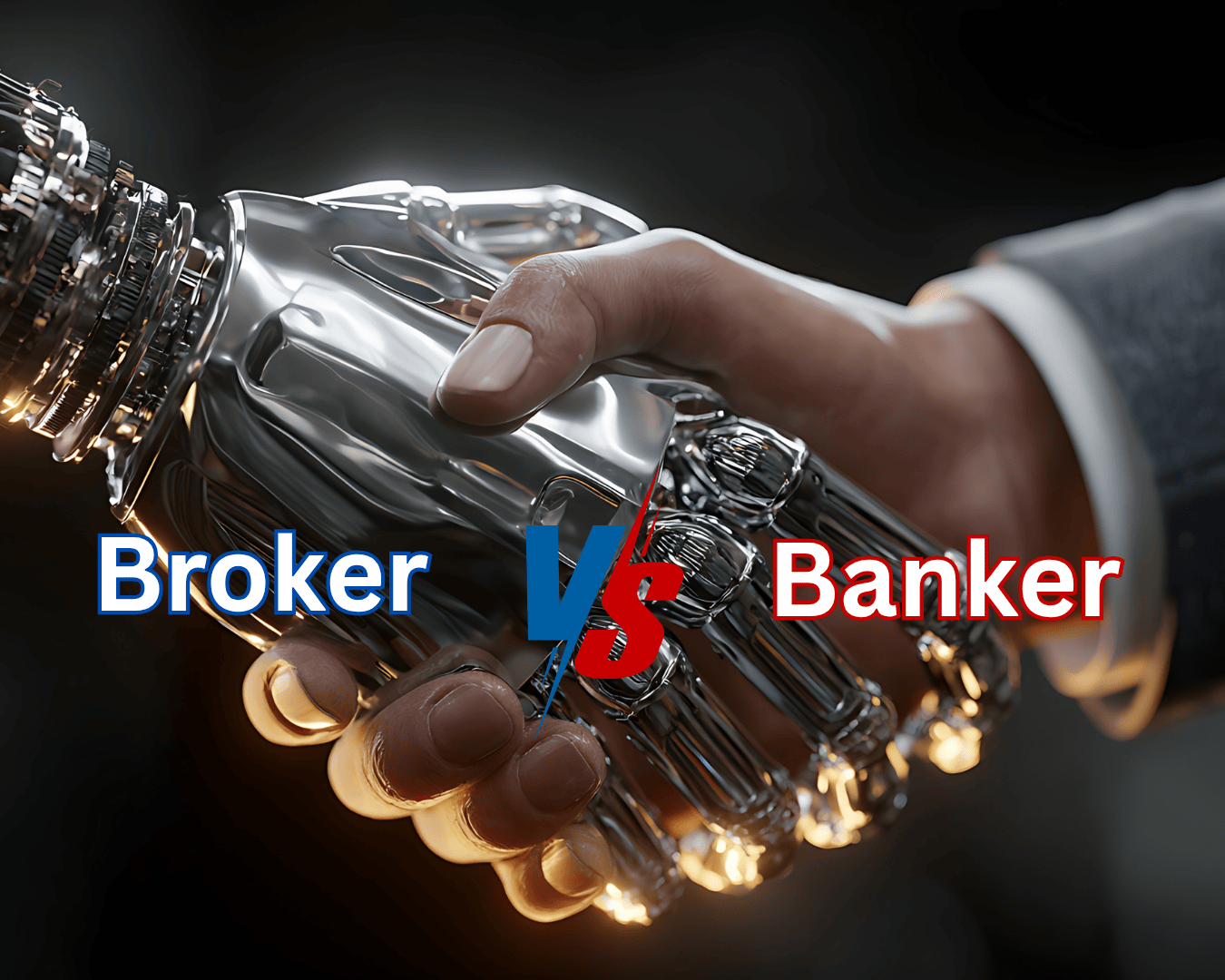
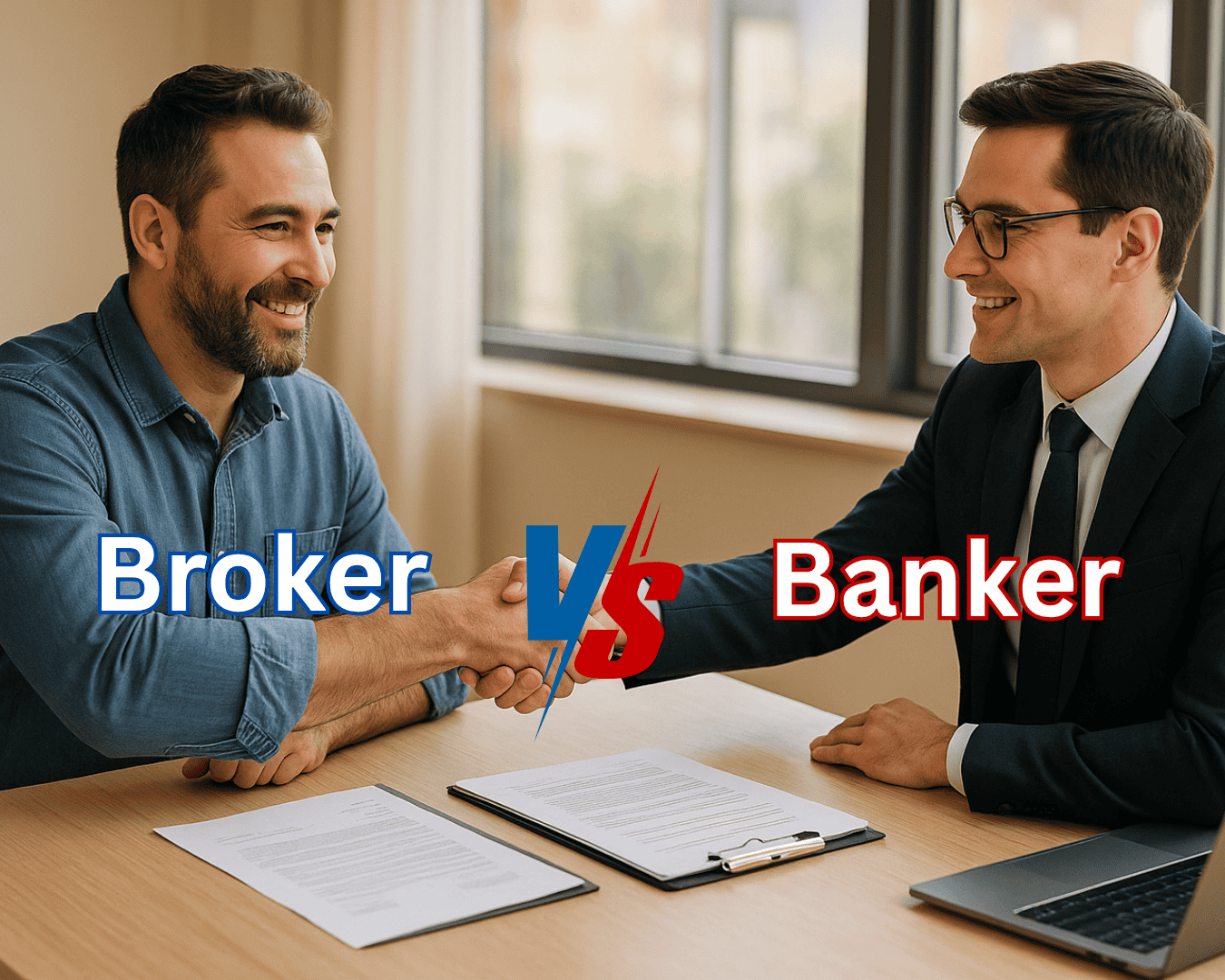

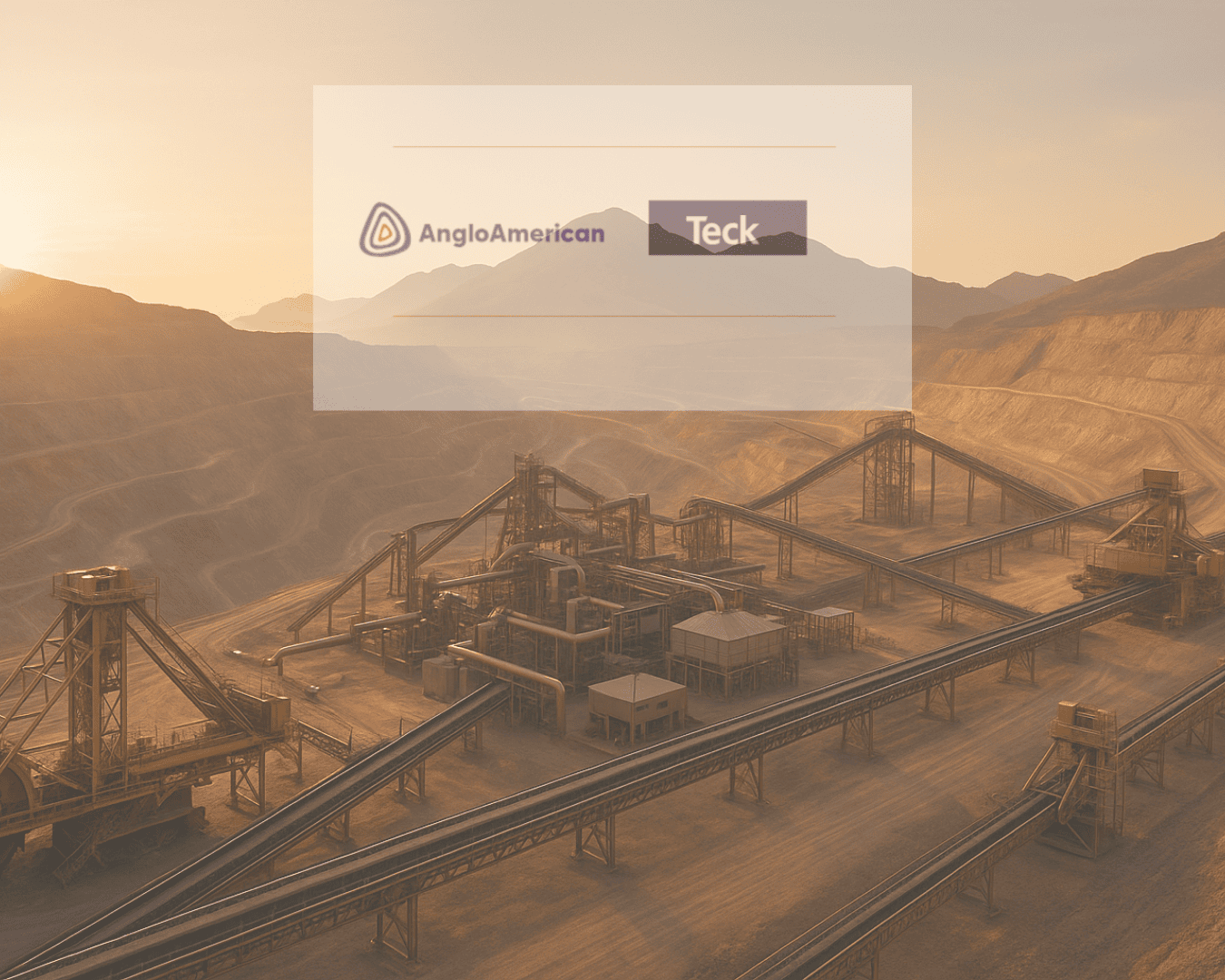

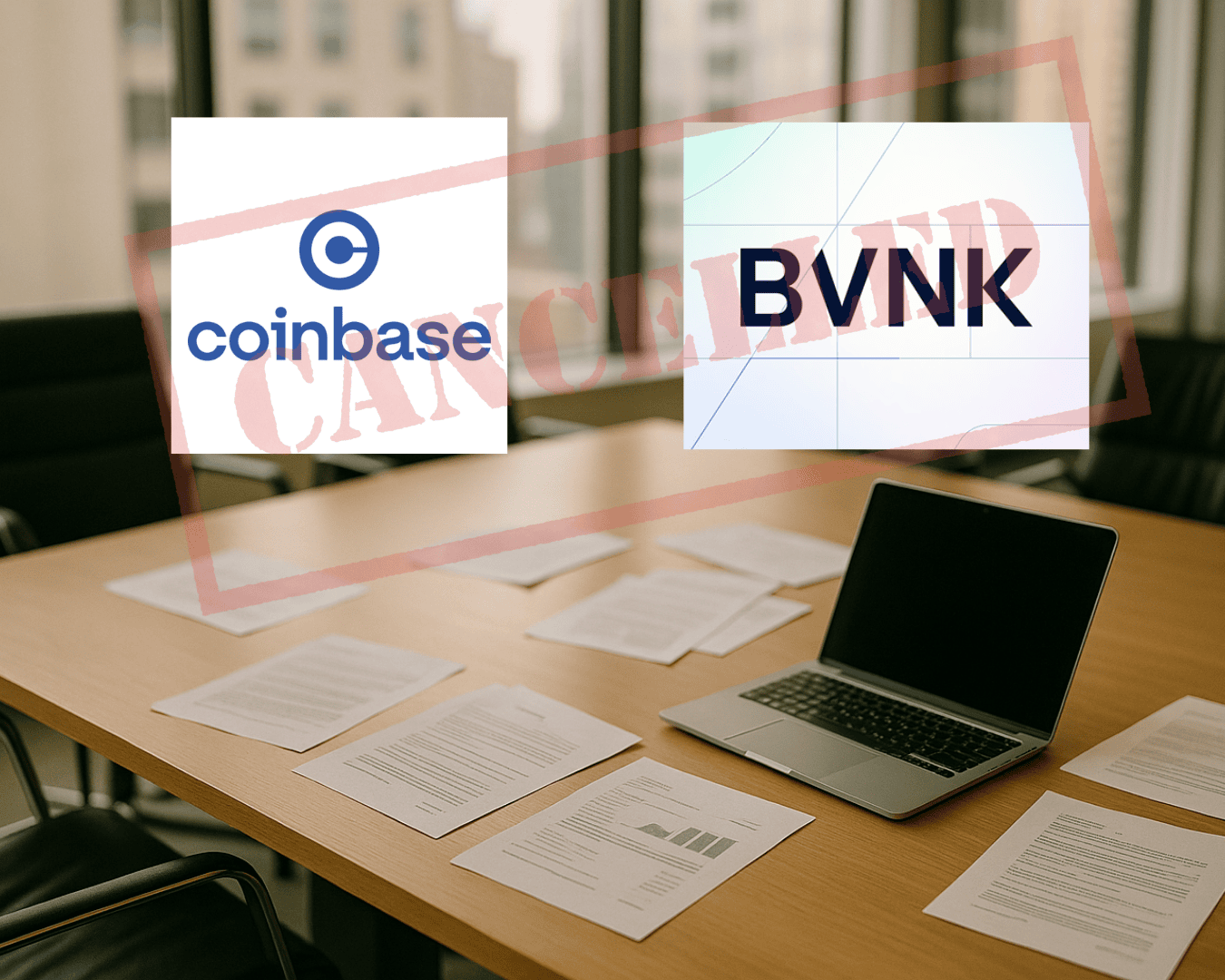









.png)






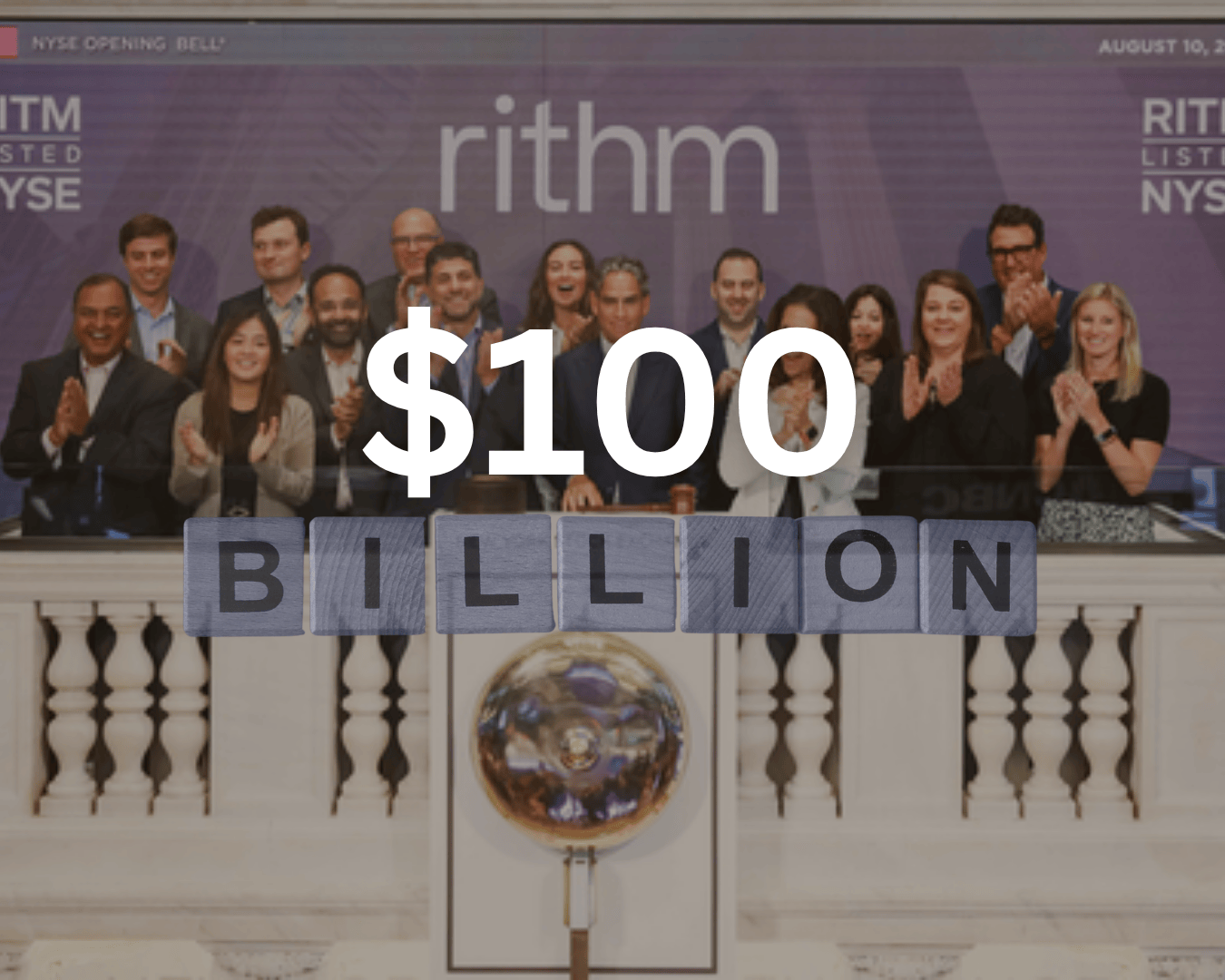















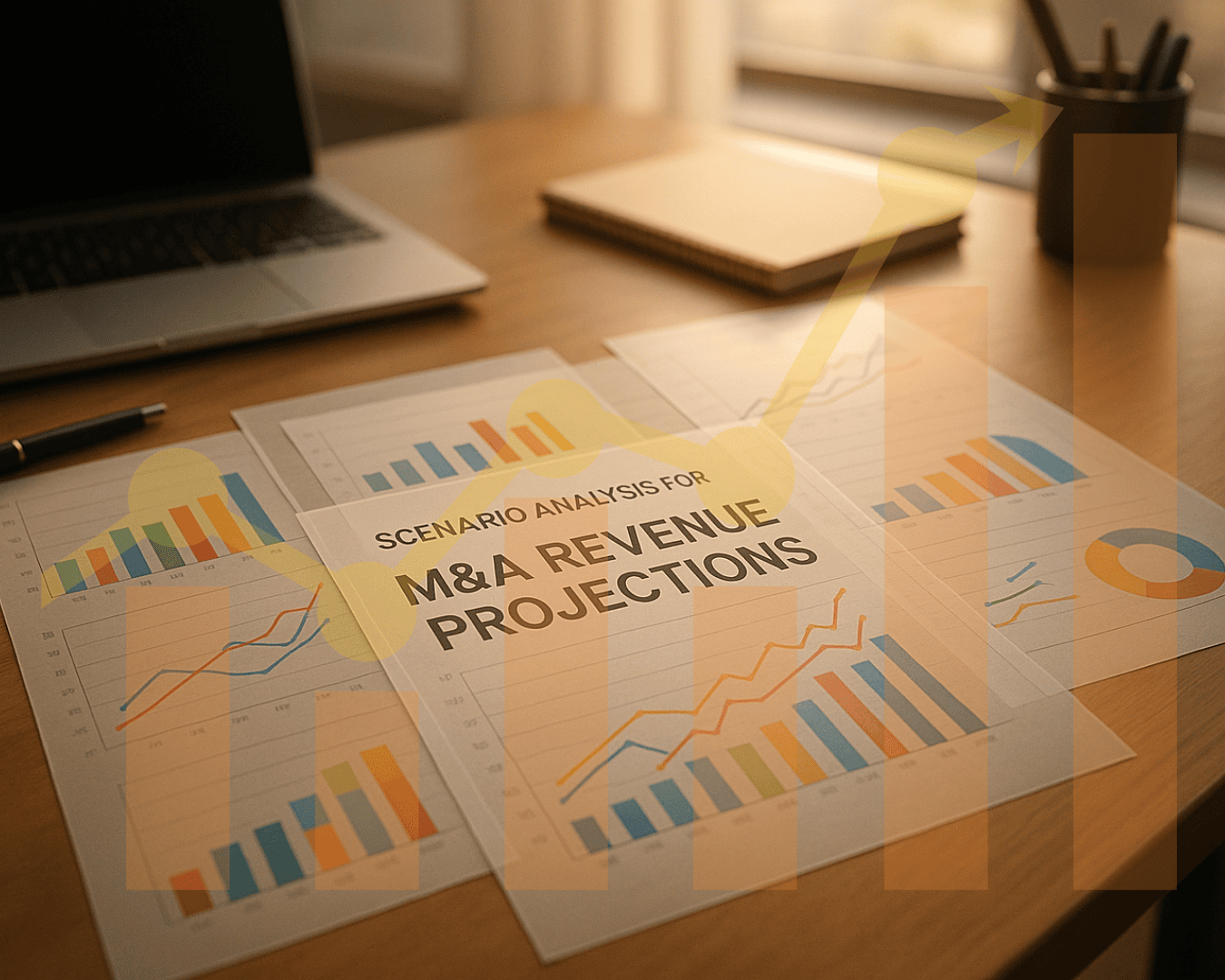





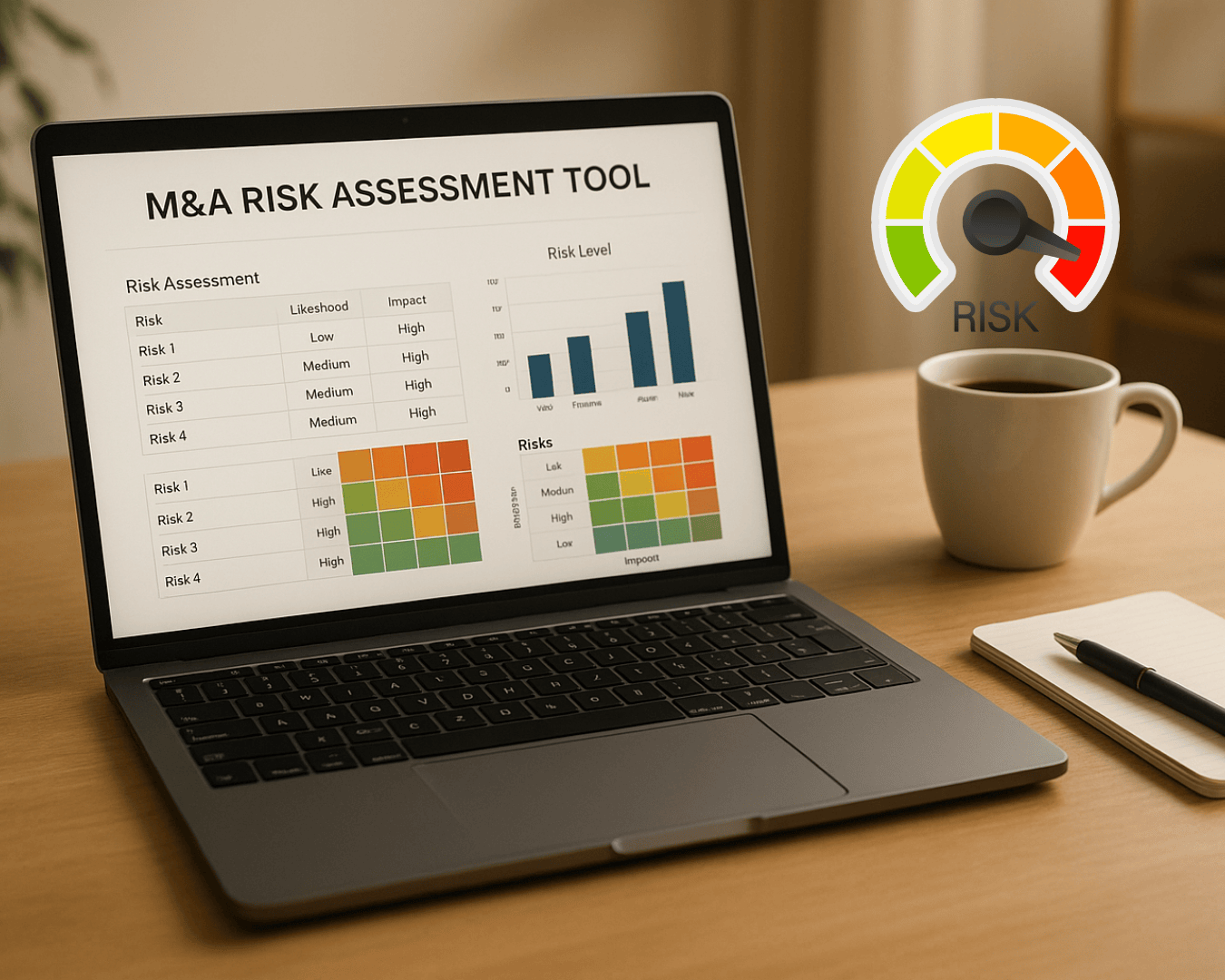

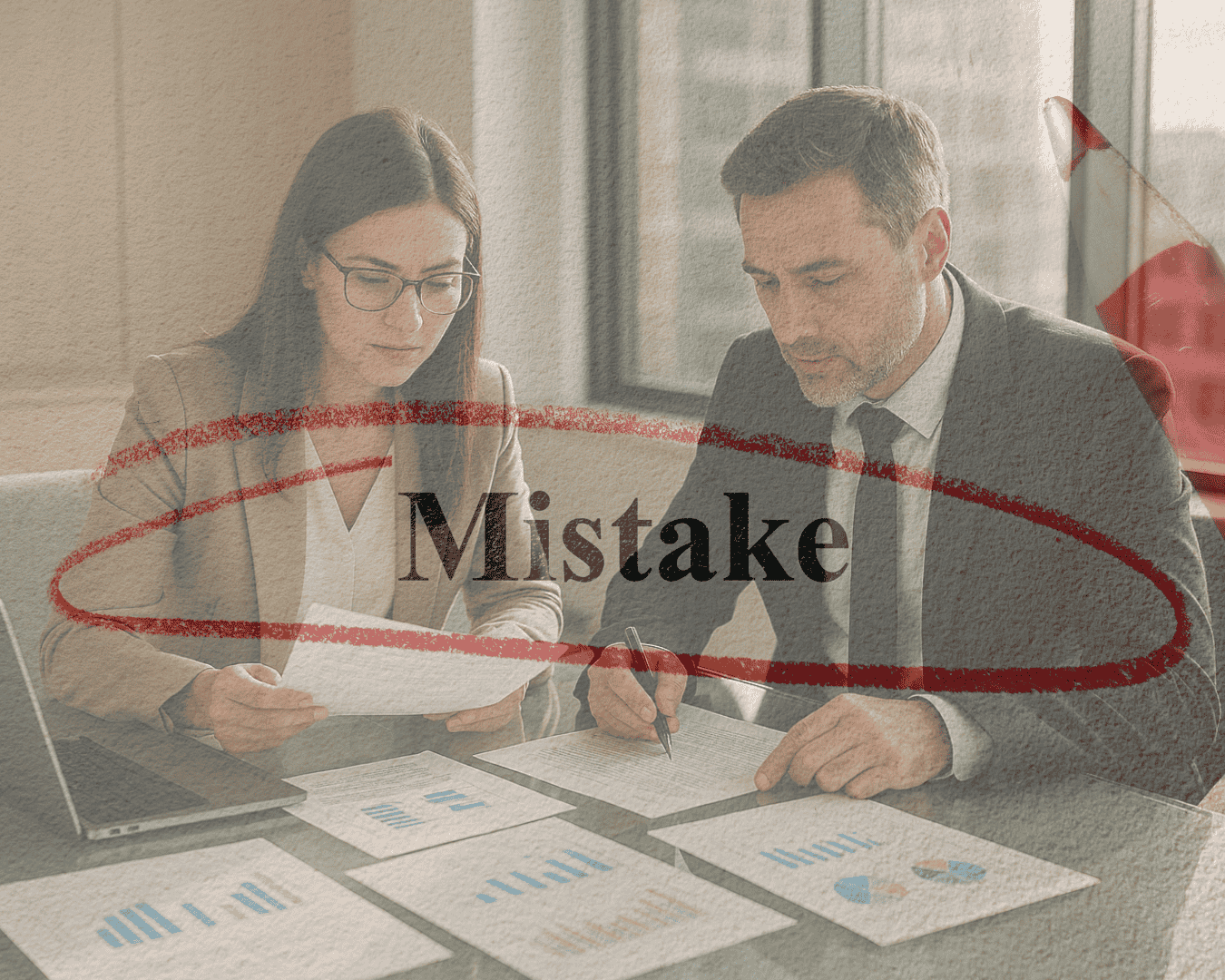
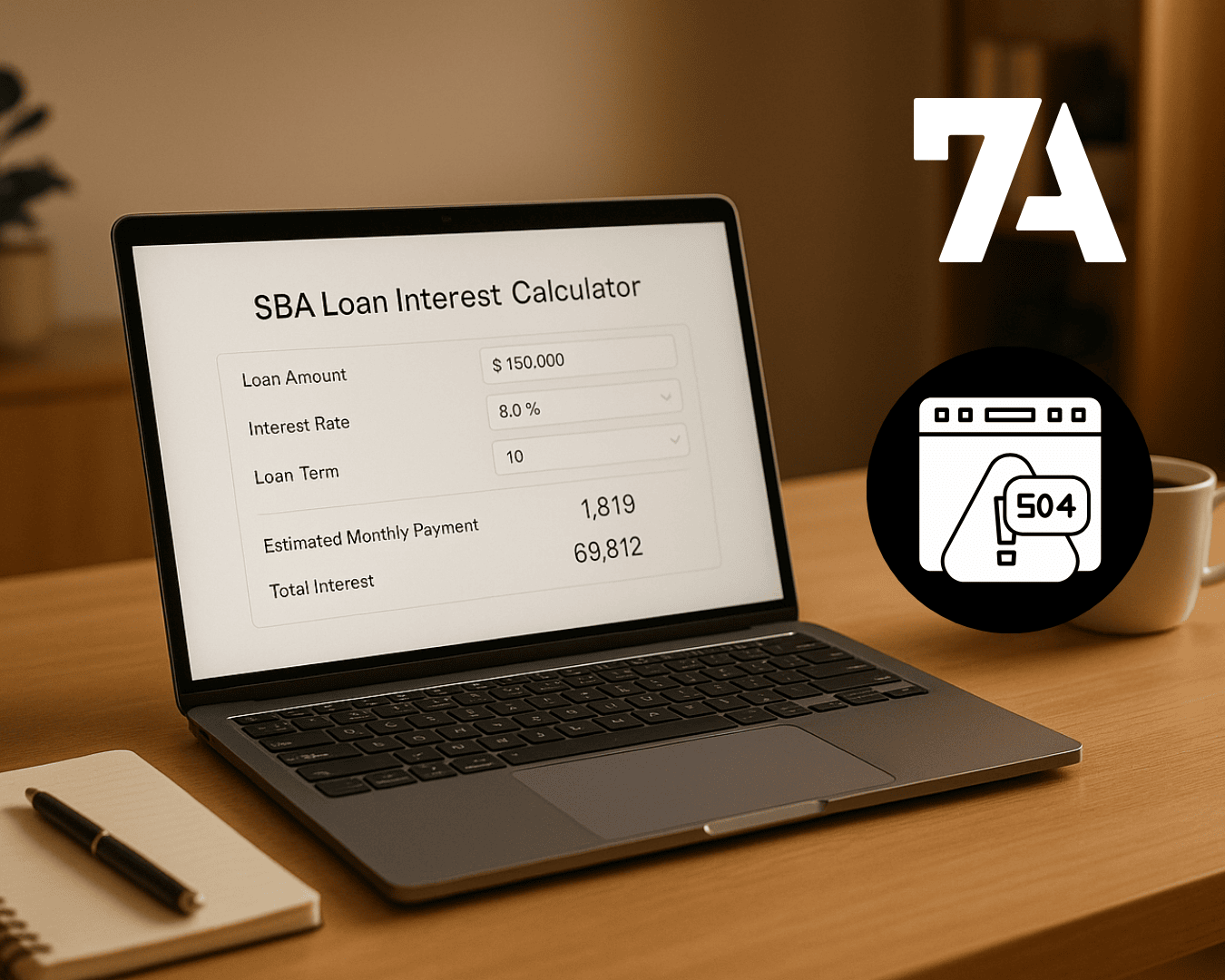







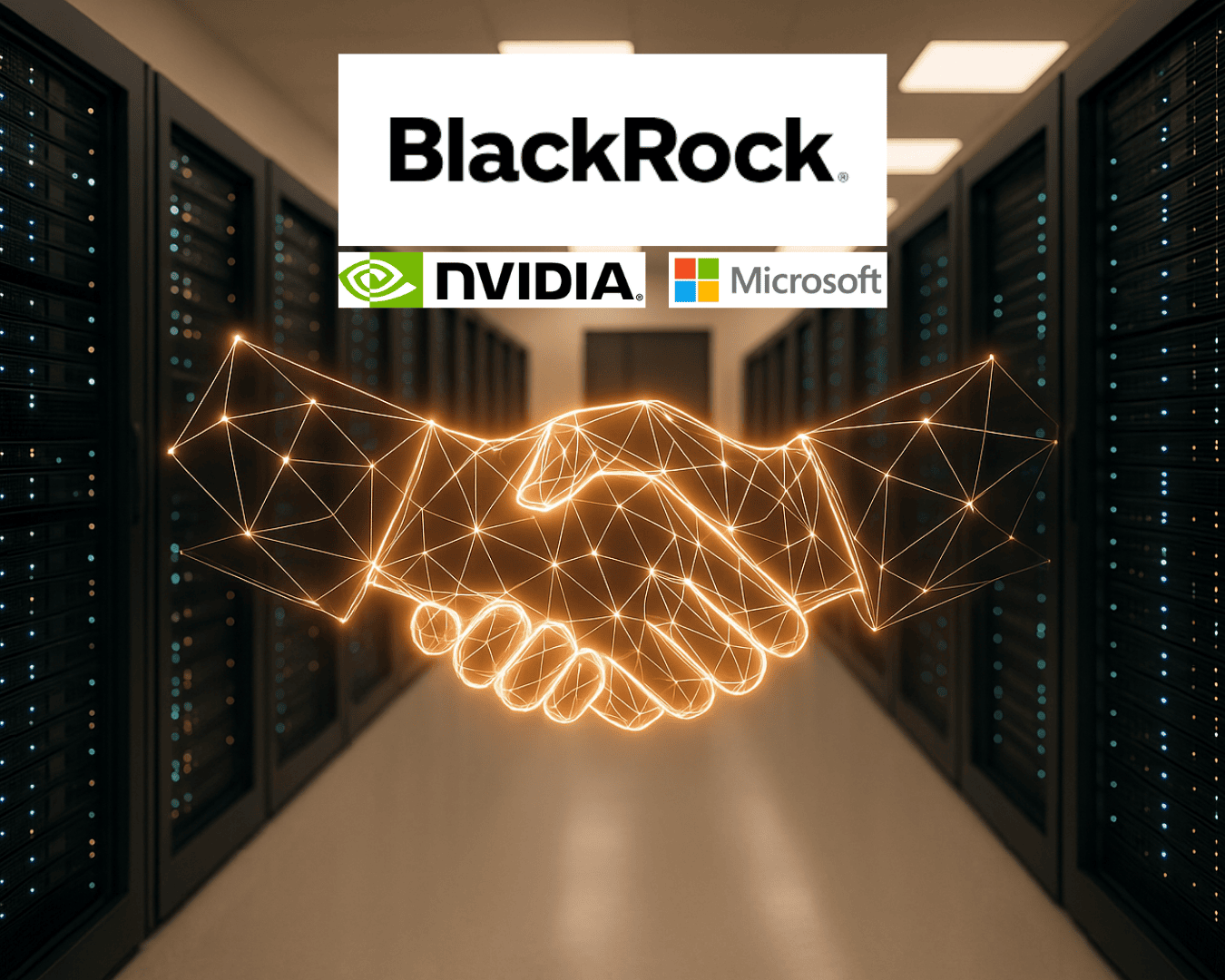
%20Loan%20Application%20Checklist.png)
